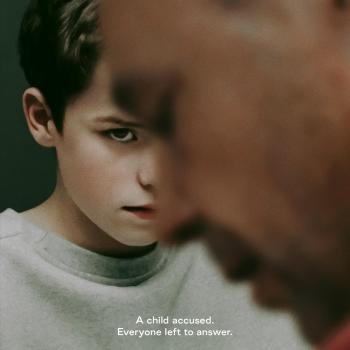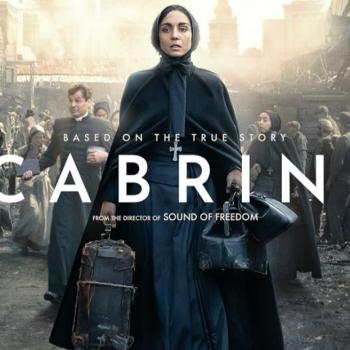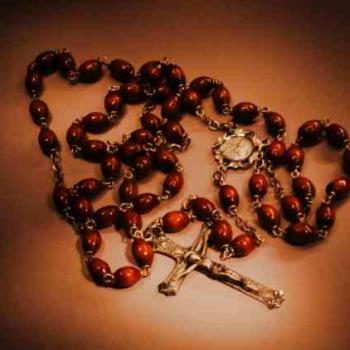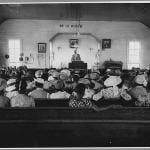
Almost every American above the age of 6 knows who Martin Luther King Jr. was because his name is attached to a federal holiday. No school and for some, no work. We learn, or we know, that because of what he and a group of courageous colleagues and collaborators organized in Washington, D.C., 50 years ago, the American South was legally desegregated in 1964, when President Lyndon Johnson signed the Civil Rights Act.
In this new documentary on PBS, I learned a lot more about the March on Washington, even though I remember when it happened. A few examples:
The march came about because of the rise in violence in the South, especially in Birmingham, Ala. Random bombings of African-American homes were so frequent that the city was called “Bombingham” in the black community.
The idea for the march, specifically in Washington, came from A. Philip Randolph (1889-1979), the respected president of the Brotherhood of Sleeping Car Porters, who convinced President Franklin D. Roosevelt in 1941 to ban discrimination during World War II in defense industries. Randolph knew the only way to effect change was to direct their cause to the president.
The march had two goals: to arouse the consciousness of the nation about the economic plight of African-Americans 100 years after the Emancipation Proclamation, and to propose to President John F. Kennedy a civil rights bill. To put it succinctly: jobs and freedom.
The march occurred a few months after the 100th anniversary of the Emancipation Proclamation that freed the slaves.
The march was carefully planned and organized to be a nonviolent demonstration at the congressional building, but the Kennedy administration was so nervous the organizers changed it.
Kennedy and his brother, Robert Kennedy, were reluctant about the march and tried to talk the organizers out of it because they feared violence. They worried that if violence occurred, it would ruin chances for civil rights legislation. Federal troops were called in to prepare for that eventuality, but it never happened.
The march was needed because the Kennedy administration, which began with such hope and freedom, had become, according to King, “terminally hesitant” and characterized by an “anemic democracy.”
Actor Burt Lancaster and a group of Hollywood actors led by Charlton Heston and including Sidney Poitier, Harry Belafonte, James Gardner and Paul Newman brought a petition signed by 1,500 actors to the march. California studios halted shooting for the day.
Then-Archbishop Patrick O’Boyle of Washington, D.C., threatened not to give the invocation for the march if the speech set to be delivered by now-Congressman John Lewis, then head of Student Nonviolent Coordinating Committee, was not modified. It was, and Boyle led the prayer.
Martin Luther King Jr.’s speech was recorded and broadcast in its entirety on television.
For the Kennedy administration to agree to the march, organizers had to promise two things: The march would be under the control of established organizations (proved controversial) and it would be over in one day and everyone would be out of town by sunset (they were; it was finished in 10 hours).
Roger Mudd, a Peabody Award-winning broadcast journalist, covered the march for CBS, and he was so nervous about what might happen that day that he threw up in some bushes.
“The March” sets out to honor the memory of the March on Washington, and it does so in a clear fashion. It brings viewers back in time ….
CLICK HERE to continue reading on my blog at the National Catholic Reporter











